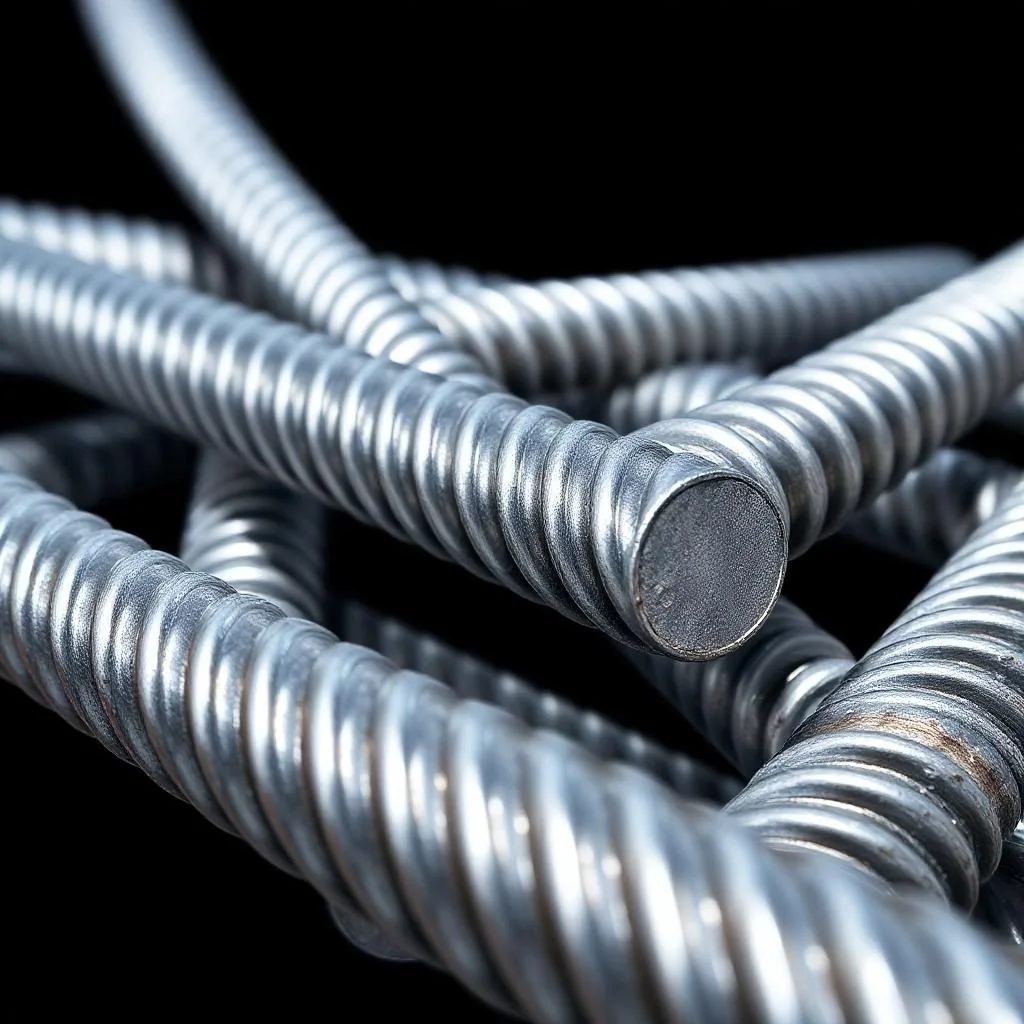MS TMT BARS
*
MS TMT BARS *
TMT means Thermo Mechanical Treatment, which is a thermomechanical process; These TMT steel bars are generally used material in construction for enhanced protection against earthquakes and other types of natural disasters. To ensure the safety of your structure TMT steel bars should be resistant to corrosion which helps to obtain a longer life for your structure.
-
PRIMARY
ROLLING
SAIL
TATA
JSPL
-
Fe500
Fe550
Fe550D
Fe600
Fe415
CRS Grades
-
CAB
Advantages
More strength - The bars are ideal material to be used with concrete for making structures stronger. The unique ribbed pattern on the TMT bars also provides extra strength by bonding them more tightly with concrete. The ductility of the TMT bars makes them easier to work with, and pre-welded meshes can be made off-site reducing the overall construction time.
Corrosion-resistant – The TMT manufacturing process imparts anti-rust properties to the bars. Coarse carbides, which are the main culprits for corrosion in steel, are stopped from building up during the water-cooling phase. Thus, making the structures made from TMT steel more durable.
Fire-resistant – Due to its high thermal stability, the best TMT bars can withstand temperatures ranging from 400 to 600 degree Celsius. This protects the building’s structure even during a fire.
Earthquake proof – The soft core of the TMT bars imparts a high level of ductility – giving the structures made with TMT more flexibility to manage dynamic and seismic loading.
Cost-effective– The best TMT bars have higher tensile strength and better elongation value, which basically means you need less steel for the same amount of construction. Apart from reducing the cost of raw materials, this also saves cost on transportation and storage. TMT steel bars are also easier to manage on-site, which leads to further cost savings due to reduced construction time.
Applications
TMT bars have now become the gold standard in construction and are used widely in diverse projects, such as :
Residential projects
Highrise residential buildings
Office / industrial structures
Dams
Long-span bridges and flyovers
Large structures such as Malls, Schools, Airports, Hospitals, etc.
Underground structures
Underwater or marine structures

